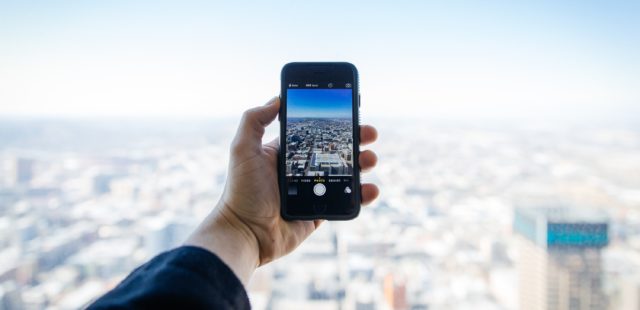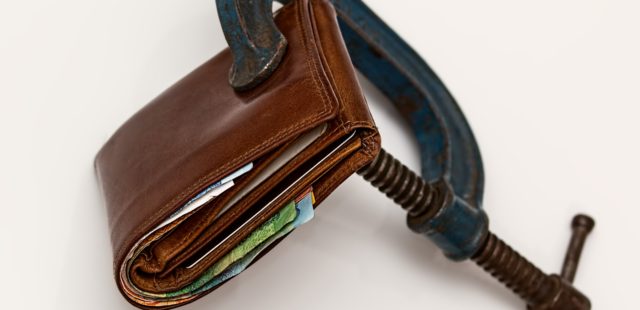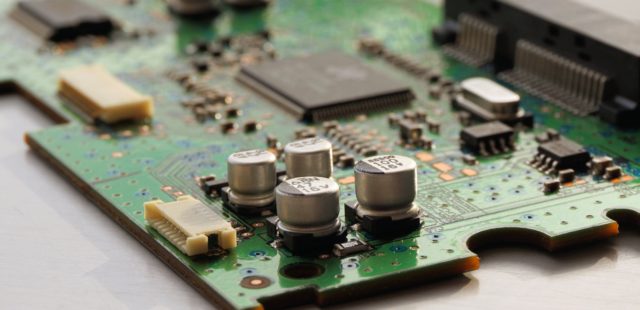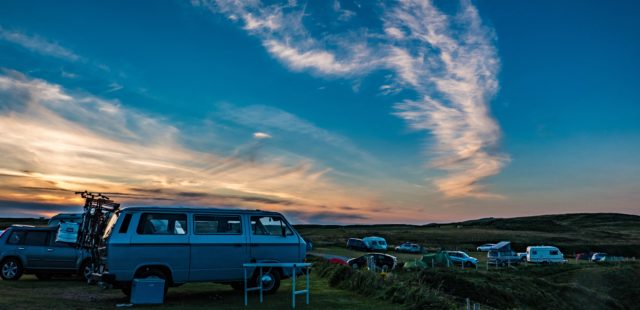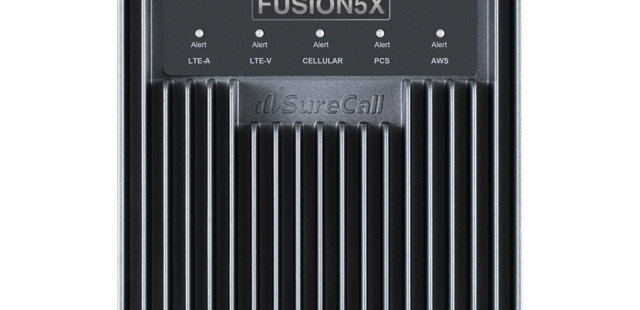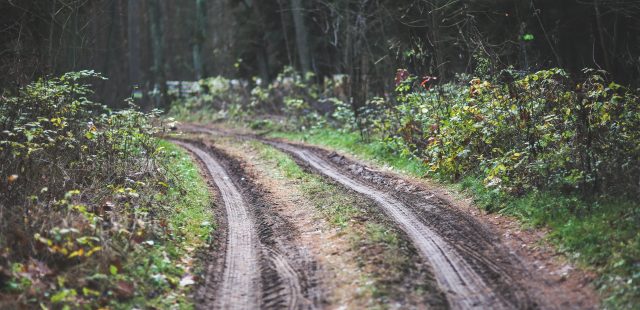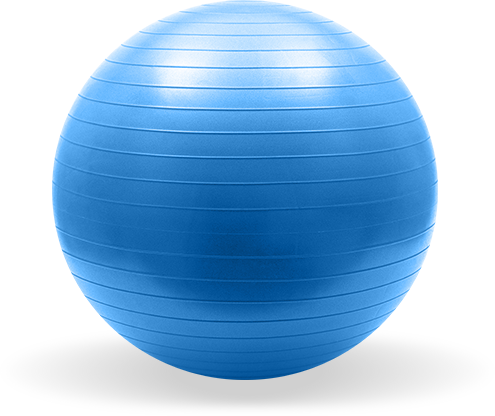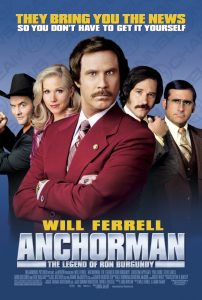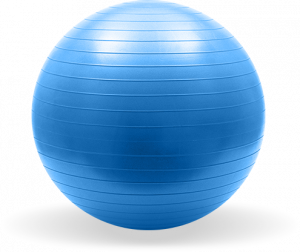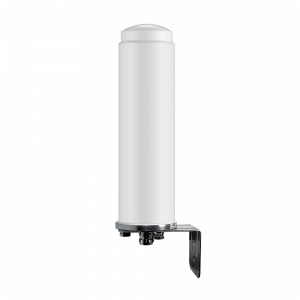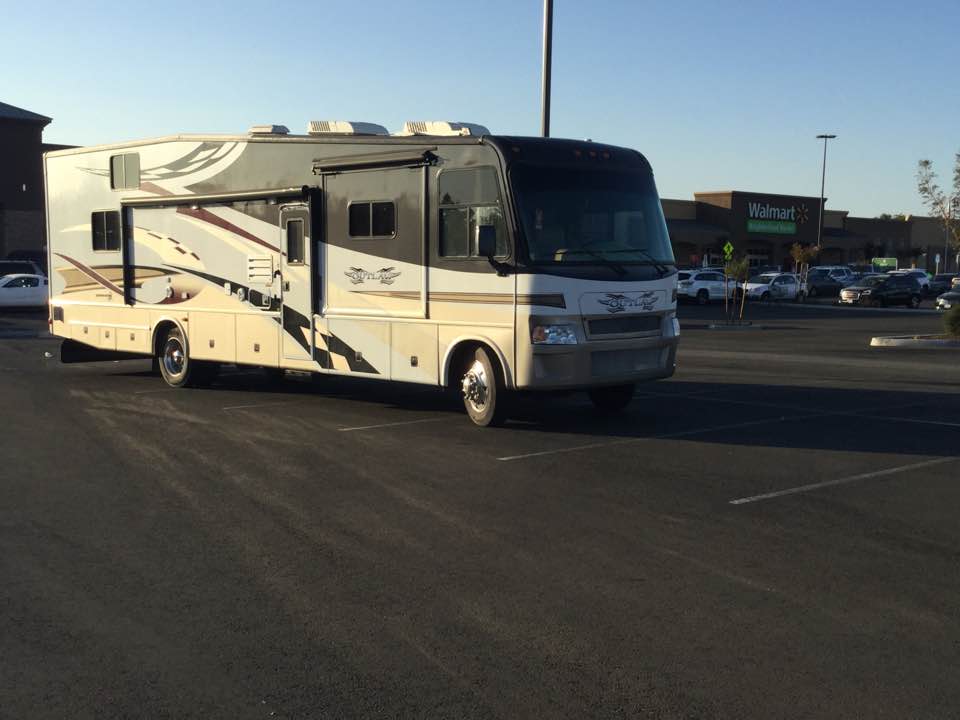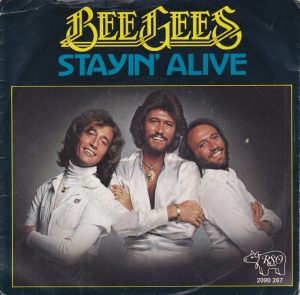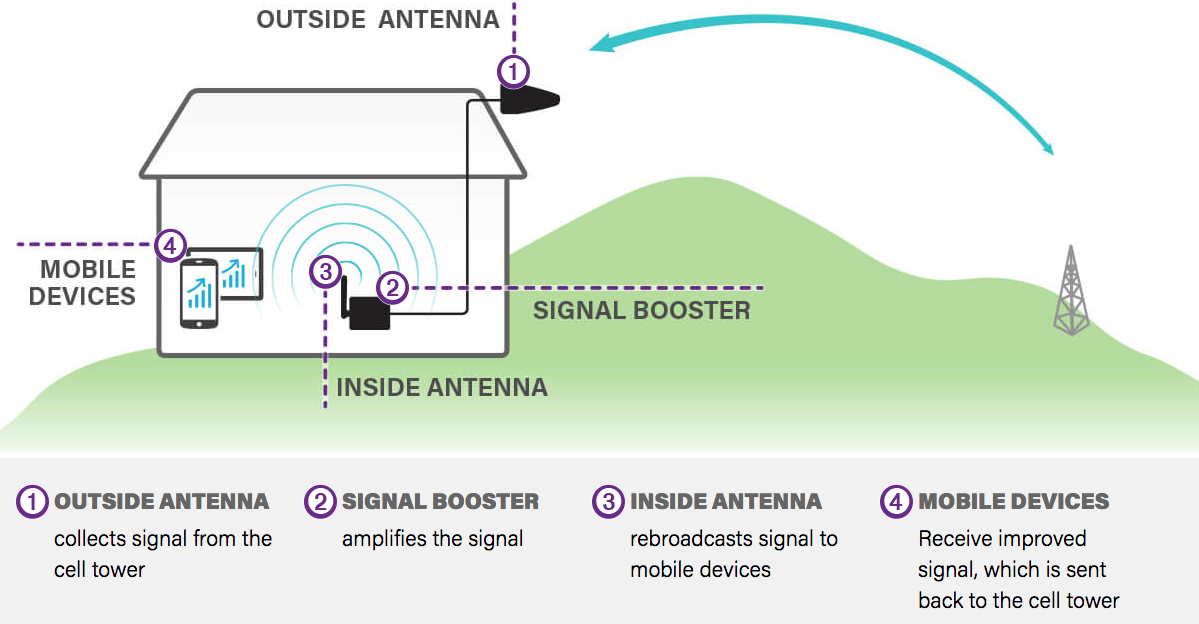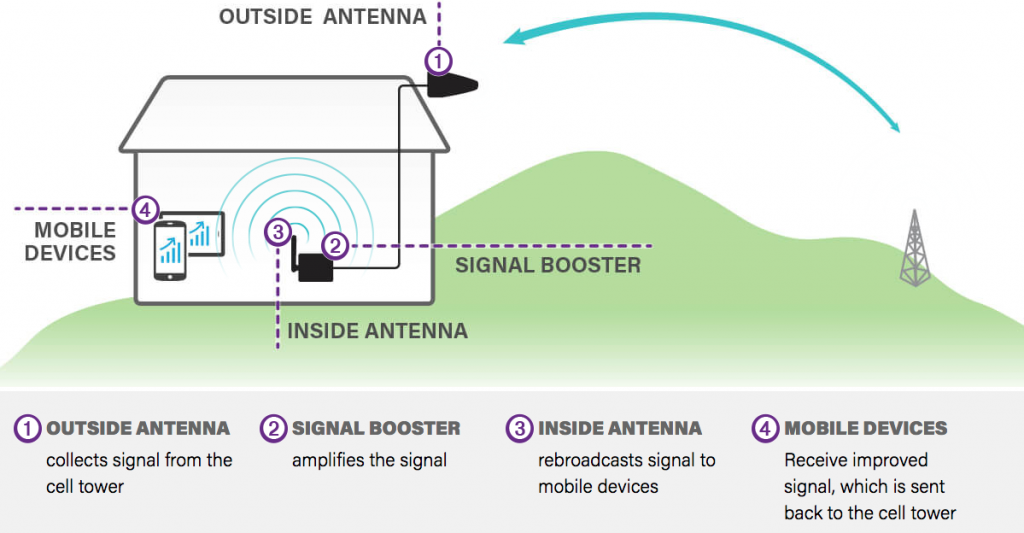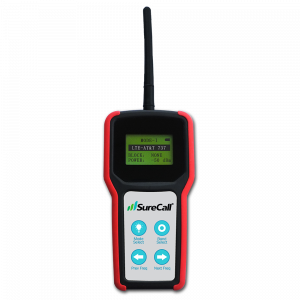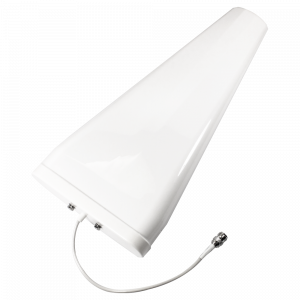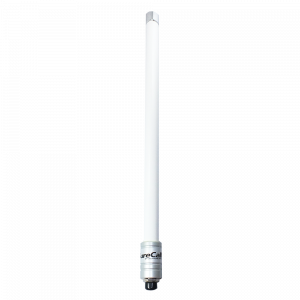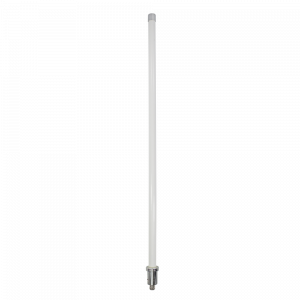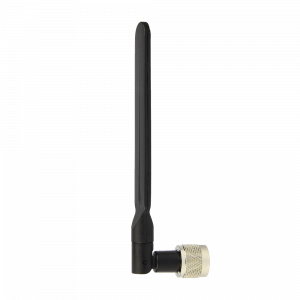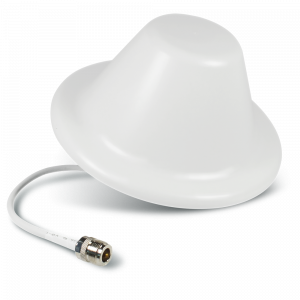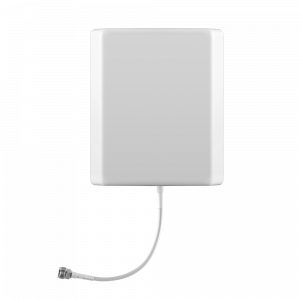RV Cell Phone Signal Boosters
I got my start in radio when I was young. What does it possibly have to do with RV cell phone signal boosters? I have no idea, but it’s kind of an interesting story how it all started.
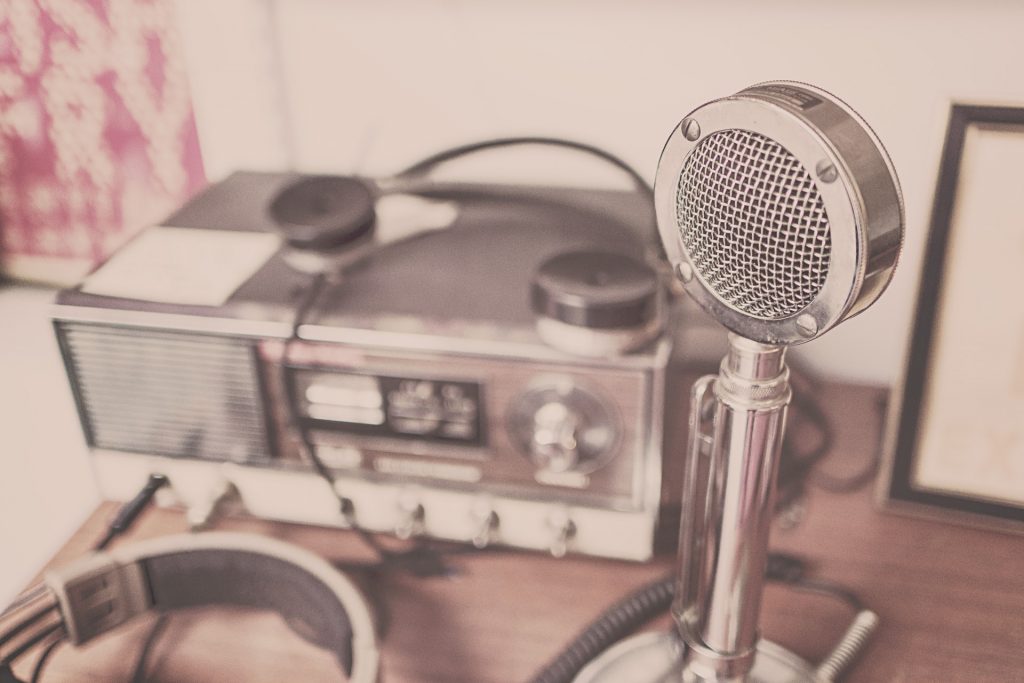
One of my friends, Mike, had discovered a flaw in the attendance system at school. Mike set up an appointment to “job shadow” at a radio station, he was a music buff. I quickly jumped on board when I realized that we were going to be able to skip school with an excused absence.
Radio fascinated me when I toured the station. I asked the tour guide, Bryan Hyde, how a young, wide-eyed individual such as myself would be able to get started in such an industry. I was informed that occasionally, youngsters willing to get paid next to nothing were needed as “board-ops.” Board operating left me manning the control board in the studio, patching through whatever was supposed to be on the air. When Rush Limbaugh finished his perfectly timed outro into the local commercial break, it was my job to quickly take him off the air and fire our local commercial spots.
Board operating was power, but it wasn’t the coolest thing to do at the radio station. Sure, if you wanted to make money, there was always a gig in the sales department, but on-air was where all the fun was. Just being a sales person didn’t allow me the clout to say, “Don’t you know who I am?” to someone that tried to short me on the amount of meat on my sandwich.
Paying Your Dues
In those days, being able to have your actual voice heard on the airwaves took a lot of training. The older fellers called it “paying your dues.” In those days, being a radio jock was something awesome! Eventually, I talked someone into mentoring me.
I finally got a break when I moved to the radio station across town. It was a smaller radio group. No sooner had I moved over there than our radio group was purchased by the group that I had just left. “No one would lose their jobs,” we were told.
As a newlywed, when I saw people (that weren’t going to lose their jobs) start to get canned, I thought it expedient that I find a more secure position. I heard about an opening in the engineering department. I tried it out and it changed my life.
Working as Gary Smith’s apprentice, I learned a ton of great things. But I lacked the knowledge I needed to truly understand the technologies that I was working with. That’s when I decided to go to college.
Back to RV Cell Phone Signal Boosters
Eventually, that decision to go to college landed me at a job where I got to design and test cell phone signal boosters. I was able to take part in several really amazing projects! And I learned about what I believe is an amazing, untapped market. Everyone has a cell phone, and at some time or another everyone has experienced the anger of dropping a cell phone call exactly in the middle of something very important.
While I don’t yet own an RV (read about how I will someday here in my post about CellBooster and FMCA), I have been camping a time or two. In fact, last summer I visited the majestic Grand Tetons and the amazing Yellowstone National Parks with my family. It was my first time. I was blown away by the grandeur and the sheer awesomeness of nature.
While trudging through Yellowstone with a 3-year-old on my shoulders was less than a picnic, it was definitely worth the many subsequent trips to the chiropractor to realign my spine afterwards. My 3-year-old is a bit of a handful. I told him that bears eat “little boys that don’t listen to their daddies,” and it seemed to work to keep him from running off. Although, now whenever he’s “not being a listener” he runs to the window to see if there’s a bear outside our back window (we live in the desert). I may have scarred him for life.
Really Back to RV Cell Phone Signal Boosters
I noticed that while I was in the wild up yonder, there were several times that I wanted to call my parents to share the beauty with them… Or call my wife to see if she knew where the 3-year-old ran off to. Some times I wasn’t able to get a signal. It would have been really handy to have that SureCall cell phone signal booster.
If you are an RV aficionado, I can imagine that you have been SEVERAL places that you wish you could have a better cell phone signal. That’s where these cell phone signal boosters come in handy. You hook them up in your RV and voila! A terrible signal becomes great!
How Do RV Cell Phone Signal Boosters Work?
Great question! RV cell phone boosters work by using a higher gain antenna on the outside of your RV to collect what little cell phone signal that is coming from the cell tower. Then, it runs that small signal through several stages of amplifiers, filters and magic to make the signal stronger and clearer. Then it re-broadcasts that cleaner, stronger signal through another antenna inside of your RV.
Here’s a diagram with the basic setup:
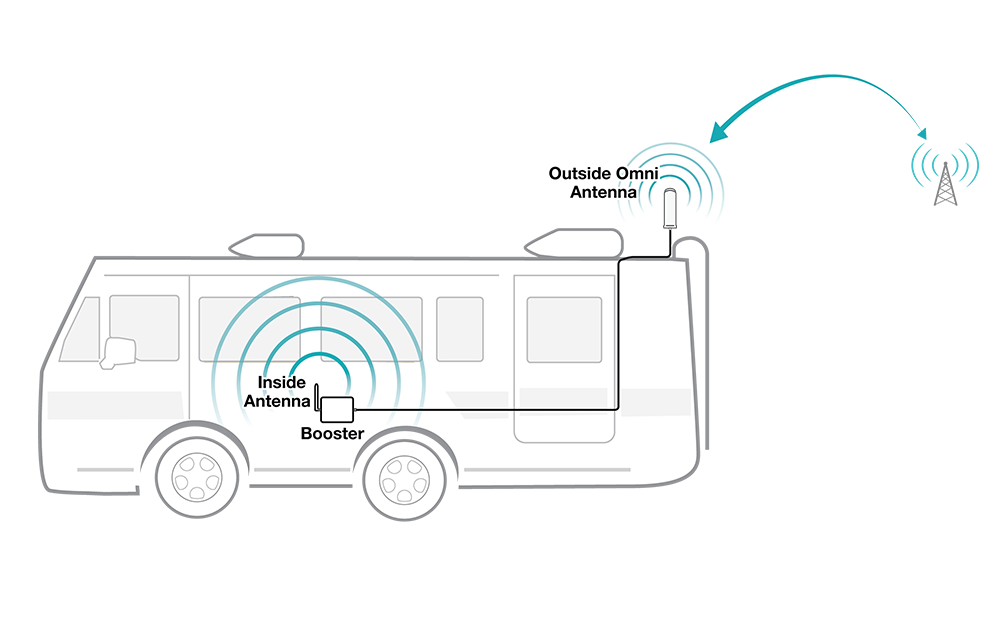
Directional Antenna
In MOST situations, the Fusion2Go 3.0 RV Kit will work great as is out of the kit. In some situations, you might need to add a few accessories to make it work to its full potential.
For example, John called me the other day. He had a situation where he is trying to use the RV cell phone signal booster directly underneath the cell phone tower for another carrier. The challenge here is that we wanted to block out the overpowering signal and amplify the weak signal from further away. The solution? Swap out the omnidirectional outdoor antenna with a directional one. Aiming the antenna away from the close cell phone tower and towards the one far away tower will clean up the signal.
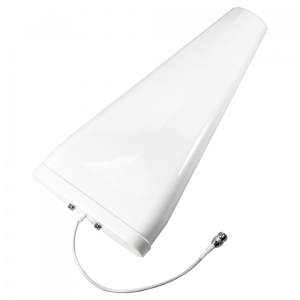
The directional antenna has really good gain at the front of the antenna. We call this really good “front to back ratio.” This antenna has a front-to-back ration of about 10dB. Meaning that on the SureCall SC-230W Outdoor Yagi Antenna has about 10 times stronger signal reception from the front of the antenna than it does on the back of the antenna. So by pointing it away from the stronger tower, it will help to block the strong signal and will amplify the weaker signal from the farther tower.
Extension Cables
In another situation, Jim had a bit larger RV. He was rolling in a 43 footer! I’m betting that it’s a beautiful rig! He was sure that the 40-feet of SC-240 cable that comes with the booster wasn’t going to be enough to make the run from the back to the front of the RV where he wanted to place the booster.
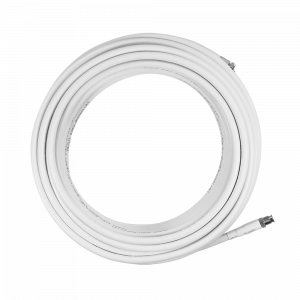
So we outfitted Jim with a 10-foot length of SC-240 coaxial cable and a 20-foot length of SC-240 coaxial cable section of SC-240 extension cable to let him lengthen the cable a bit to make the run. Whatever your situation is, I’m sure that we can find a solution.
Don’t forget, that when you are ready to buy RV cell phone signal boosters, you can find whatever boosters, antennas or extension cables you’ll need in our online shop.
One more thing! Whatever your particular situation, I am happy to go over it with you. Just send me an email to: [email protected] and I will be more than happy to answer any questions that you have! This is my passion!
Thanks for stopping by!
-Rob



